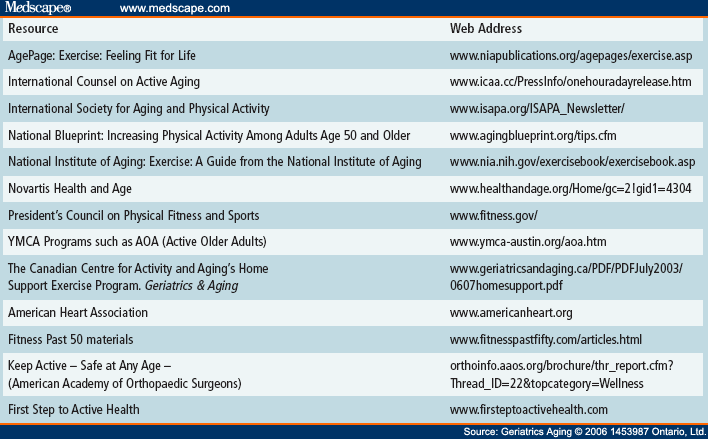

It can be achieved through strength, balance, flexibility, and aerobic movements.

Exercise is planned, structured, repetitive, and intended to improve or maintain physical fitness. There are many forms of activity and physical activity, but exercise is the most commonly recognized and studied subcategory of physical activity (See Figure 1). Physical activity is any physical movement carried out by the skeletal muscles that requires energy. Activities of moderate intensity can include brisk walking, dancing, gardening, raking, stair climbing, performing vigorous household chores (vacuuming, scrubbing, sweeping) and carrying moderately heavy (< 40 lb) items. Moderate intensity is often designated as a 5–6 on a ten point scale where 10 is maximal physical exertion and 0 is no physical movement. Using a scale or descriptors can be useful in assigning meaning to physical effort. As maximal heart rate decreases with age and is affected by many cardiac medications, using heart rate as a measure of intensity in older adults can be problematic. Moderate intensity is generally defined as 3–6 metabolic equivalents (METs) and causes a noticeable increase in heart rate and breathing effort. It may be difficult for some older adults to gauge the intensity of physical activity. As any level of physical activity is preferable to no activity, those with chronic conditions are encouraged to be as physically active as possible. Splitting the activity into 10–15 minute increments several times daily on five days of the week is an accepted approach that may be better received in sedentary individuals. 3įor those unaccustomed to a regularly structured activity regimen, 150 minutes each week of moderate-intensity physical activity may seem quite intimidating. In a longitudinal study of 513 men, those in the lowest tertile of physical activity (less than 120 minutes per week) at age 50 compared to the highest tertile, (> 360 minutes per week) were over three times more likely to be frail at age 75 (16.1% versus 4.7%). 2 Inadequate physical activity in younger years is a risk factor for the development of frailty later in life. Older adults are the least physically active of any age group with less than one quarter engaging in regular physical activity. 1 The WHO is focused on reducing insufficient physical activity by 10% over the next 10 years. Physical inactivity has been identified by the World Health Organization (WHO) as the fourth leading behavioral risk factor for development of noncommunicable diseases and global mortality. Being physically active is inherent in maintaining the functions of everyday life and in reducing the risk for chronic diseases. Retaining cognitive, physical and psychosocial function is critical for avoiding frailty and for maintaining an independent lifestyle. Successful aging is as much about maintaining function as it is about successful disease management.


 0 kommentar(er)
0 kommentar(er)
